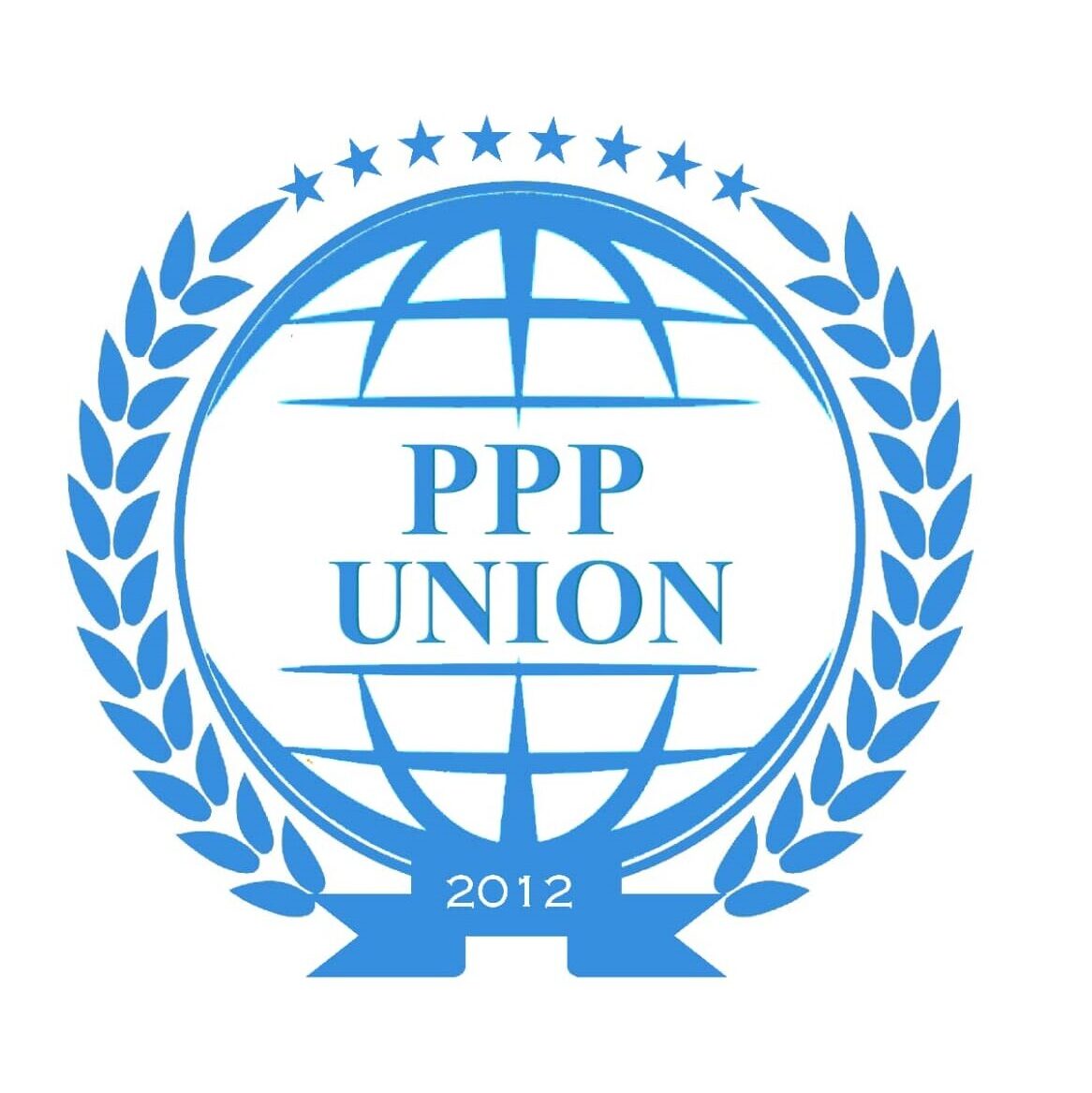In the final weeks of March 2020, after weeks of reports from China, Korea, and Italy, COVID-19 finally struck the United States in a big way. Governors were fearful for their constituents and enacted emergency regulations that shut down all non-essential businesses, severely curtailing the lives of consumers. Big corporations had the flexibility to set their employees up for remote work and were able to adapt to an online-only business model. Small businesses struggled to keep revenue high enough to justify their payroll costs. To prevent massive unemployment, the federal government stepped in to provide loans to any small business that would continue to pay their employees throughout the pandemic.
Unlike most forms of financing, PPP loans weren’t tied to credit scores. Lenders occasionally pulled credit reports, but only to see if applicants were being truthful about everything else on their applications. The government intended for the loans to be used like grants –– they didn’t expect to be paid back, so creditworthiness was irrelevant. All that mattered was that the employer had a need for the funding and used it as intended.
Eligibility for PPP loans ended on May 31, 2021, over a year after the first applications were accepted. Those who received the loans had until August to request forgiveness, which was offered to any borrower who fulfilled the requirements of the loan. 2021 was a record year for some of America’s biggest corporations, but COVID-19 killed more people in 2021 than it did in 2020. With so many consumers home with COVID-19, small businesses continued to suffer without the financial support of PPP loans.
Today, small businesses are left with fewer options as they try to keep their head above water. There are few though and to receive that much-needed financing you’ll have to jump through a few hoops.
Courtesy: Lend Thrive


